Important
SMTP providers now almost always require domain verification and/or email verification. Without this, they may not send your emails, or you may get flagged as spam. Please ensure you verify your domains and have all the correct DKIM/SPF records in place to ensure deliverability. For troubleshooting SendGrid, please check out this article: Troubleshooting the SendGrid SMTP Integration
Introduction
GridPane has an easy to use, one click SMTP integration with SendGrid to make sure that all GridPane WordPress sites have fully functioning transactional emails.
Unlike most shared hosting, when you move to the cloud you will find that you don’t have an email solution automatically provided. Actually, we strongly advise against setting up an email server on any server hosting websites, and GridPane does not configure an email server on any GridPane managed box.
We recommend either using one of the many, many, fantastic and highly reliable hosted email services (GSuite, Rackspace, Zoho, Office etc ) for your clients email solution, or alternatively you could provision an email server using on of the reputable Open Source email solutions (iRedMail, Mailinabox etc).
Even so, a WordPress site requires transactional emails for it to be fully functional. A third party SMTP solution is required to send administrative emails, at the very least.
About SendGrid
SendGrid is one of many great SMTP providers. They send 148+ billion emails every month, and are trusted by companies all over the world. They no longer have a free plan, but they do include a free trial to get you started.
Domain Authentication
Please see their support article for full instructions for authenticating your domains at SendGrid:
How To Set Up Domain Authentication
It’s necessary that you authenticate your domains with SendGrid. While our integration still can work out-of-the-box, it’s more likely that they simply won’t send emails until domains have been authenticated.
It’s also important for your domain long term and will ensure ongoing delivery of your website mail to your inbox and customer inboxes.
Staging and SMTP
Our SendGrid integration does not work on staging sites by design as most people do not want to accidentally send emails from those environments. If you require this, you may wish to use a plugin such as WP Mail SMTP or Post SMTP Mailer, and that way you can push back and forth between live and staging without losing email functionality.
Step 1. Create a SendGrid API Key
If you haven’t already, then sign up for an account at SendGrid.
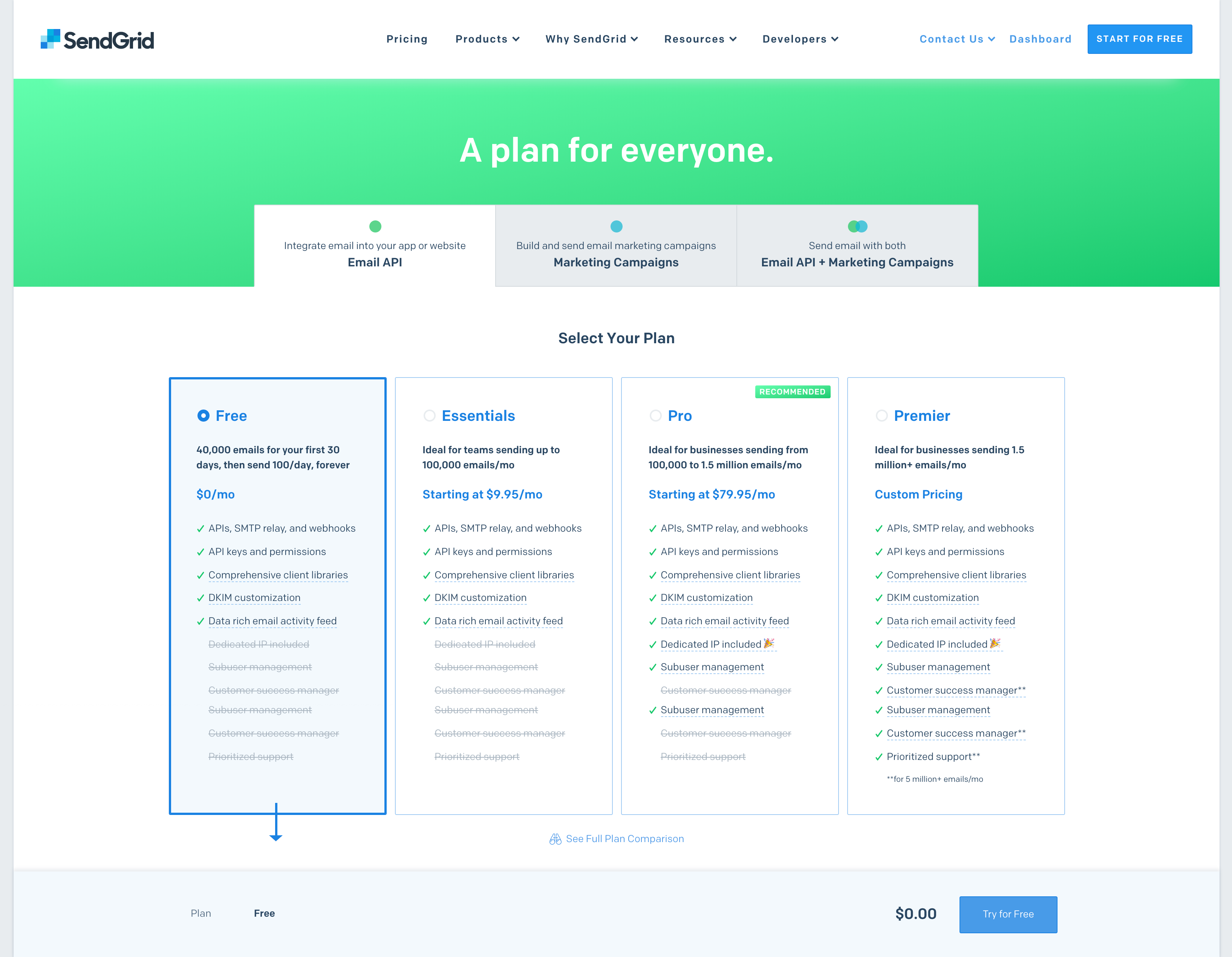
Log in to your SendGrid account, under Settings in the left-hand navigation you will see the link to set your API Keys, click the link.
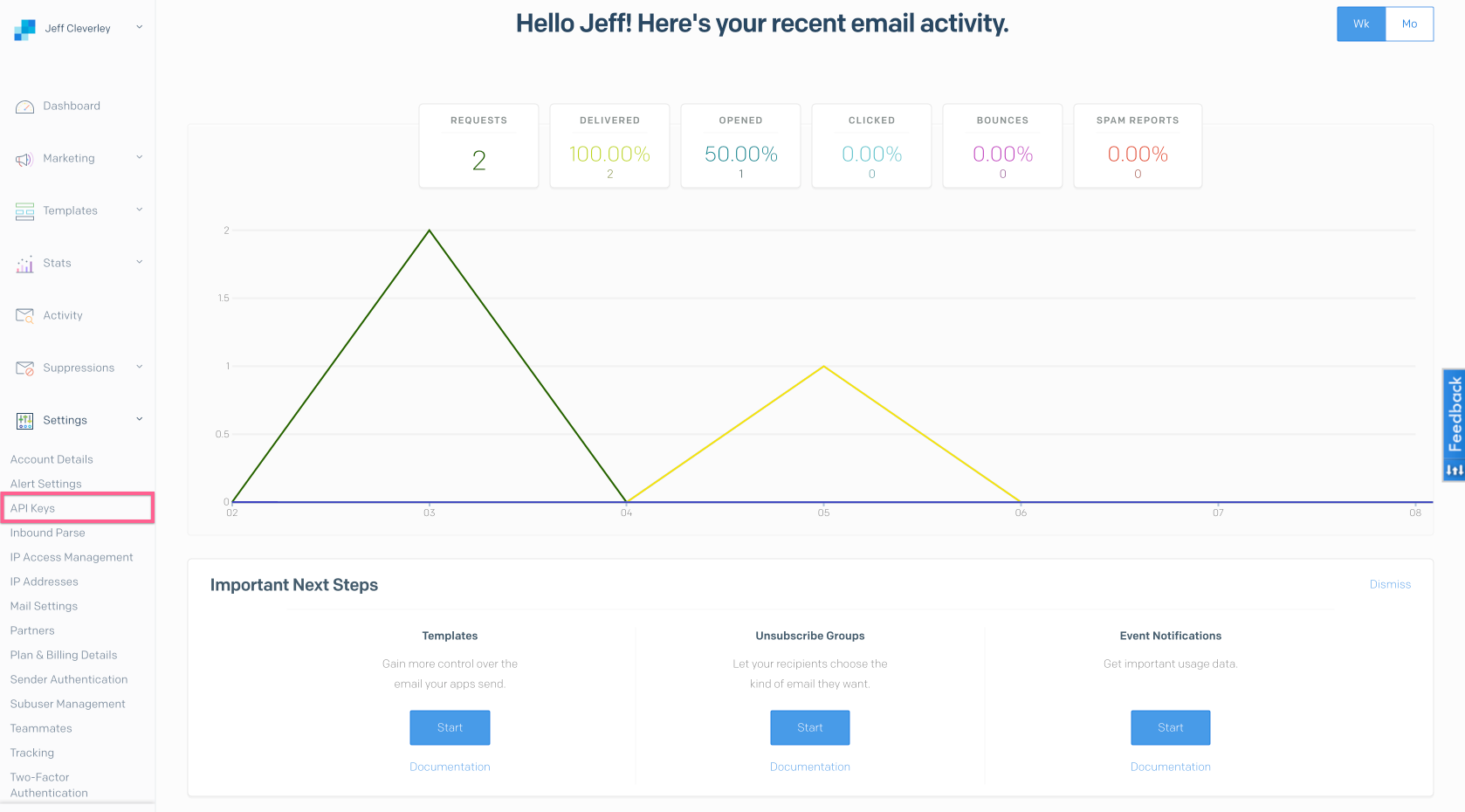
On the API Keys page, click the blue Create API Key button in the top right corner.

You will be asked to set an API Key Name and configure your API Key Permissions.
You can set the key to have Full Access.
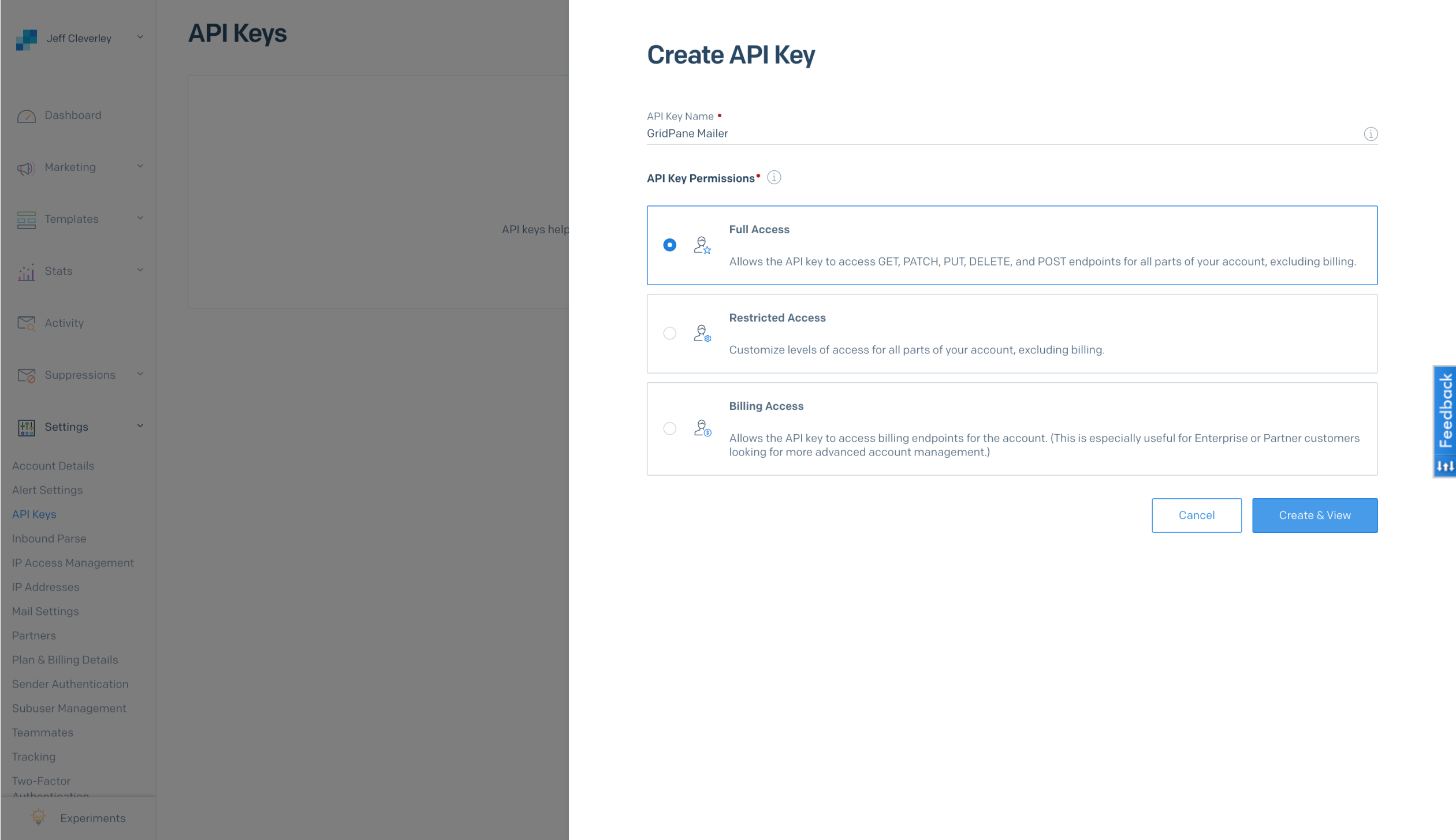
Or you could set the key to have Restricted Access and grant permissions on a more granular basis. If you do this make sure that the correct Mail Send permissions are granted as Full Access.
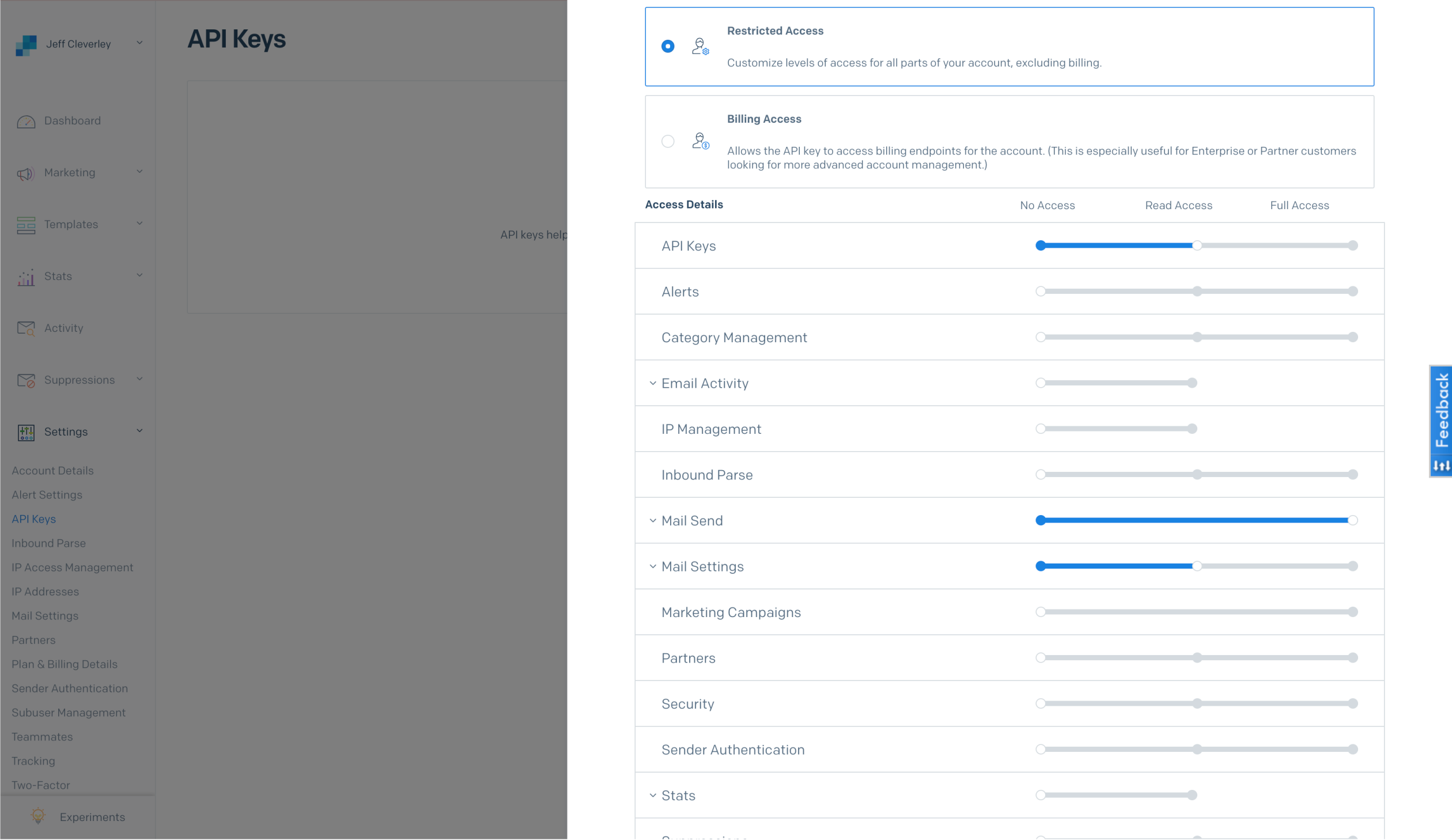
Once you have configured your key correctly, click the Create & View button, and you will be presented with your API Key.
For security purposes, this is the only time your key will ever be shown. You need to copy it and keep it safe.

You can easily copy the API Key by clicking on it, and once you have stored it somewhere safe, click Done.

You will see your API Key in the API Keys list. As mentioned, you will not be able to view the key again, so if you lose it then you will need to delete the key and create a new one. You can find this functionality in the cog icon at the right of the key row.

Step 2. Add Your SendGrid API Key to GridPane
Go to your account settings in your GridPane account.

Under Integrations, click on the SMTP Providers tab, and then SendGrid.
Give your key a name and add your API Key to the API Token field and click Create.
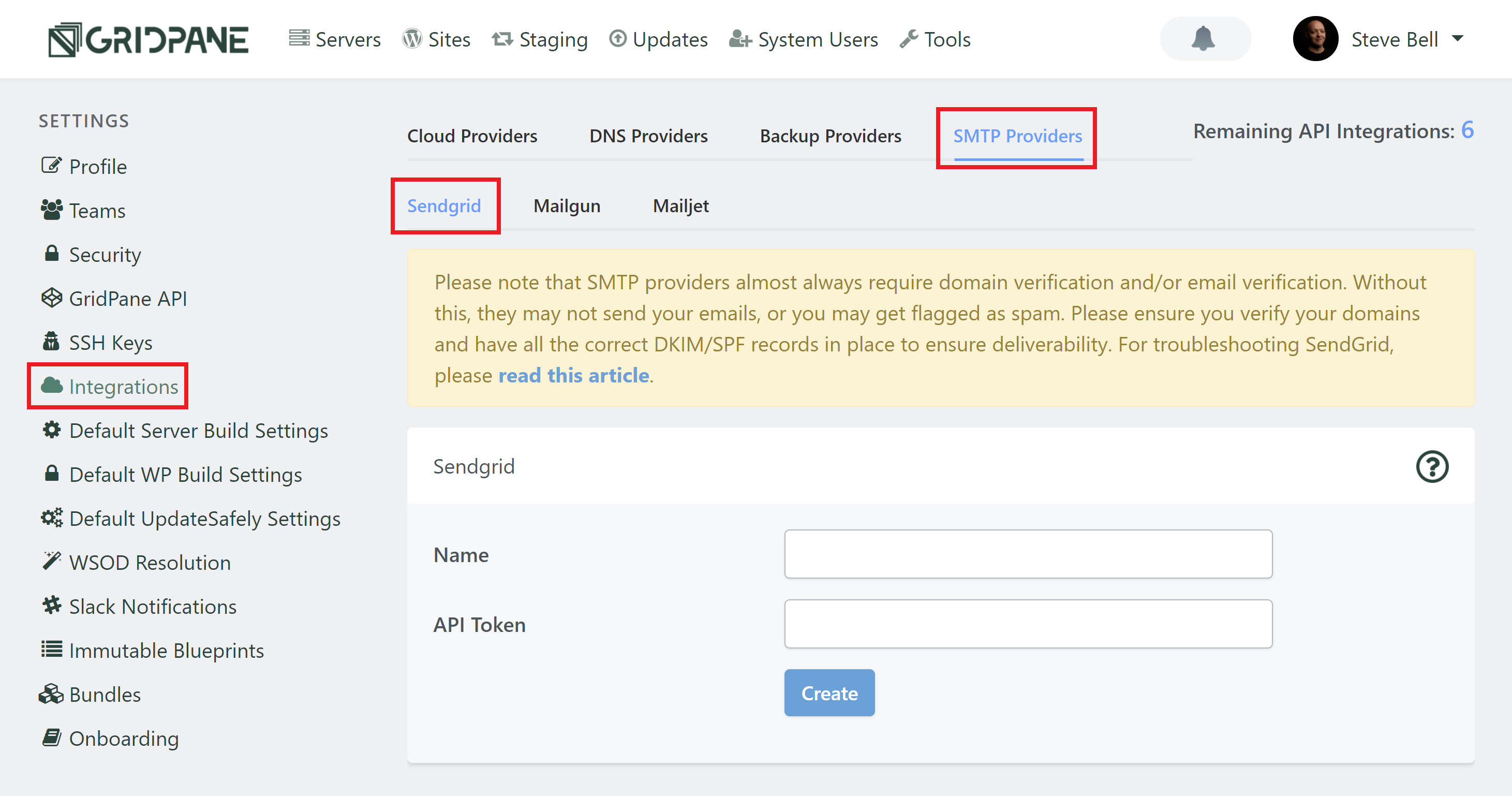
If you want to update or delete the token, by clicking on the down arrow and using the edit (highlighted) and delete buttons.
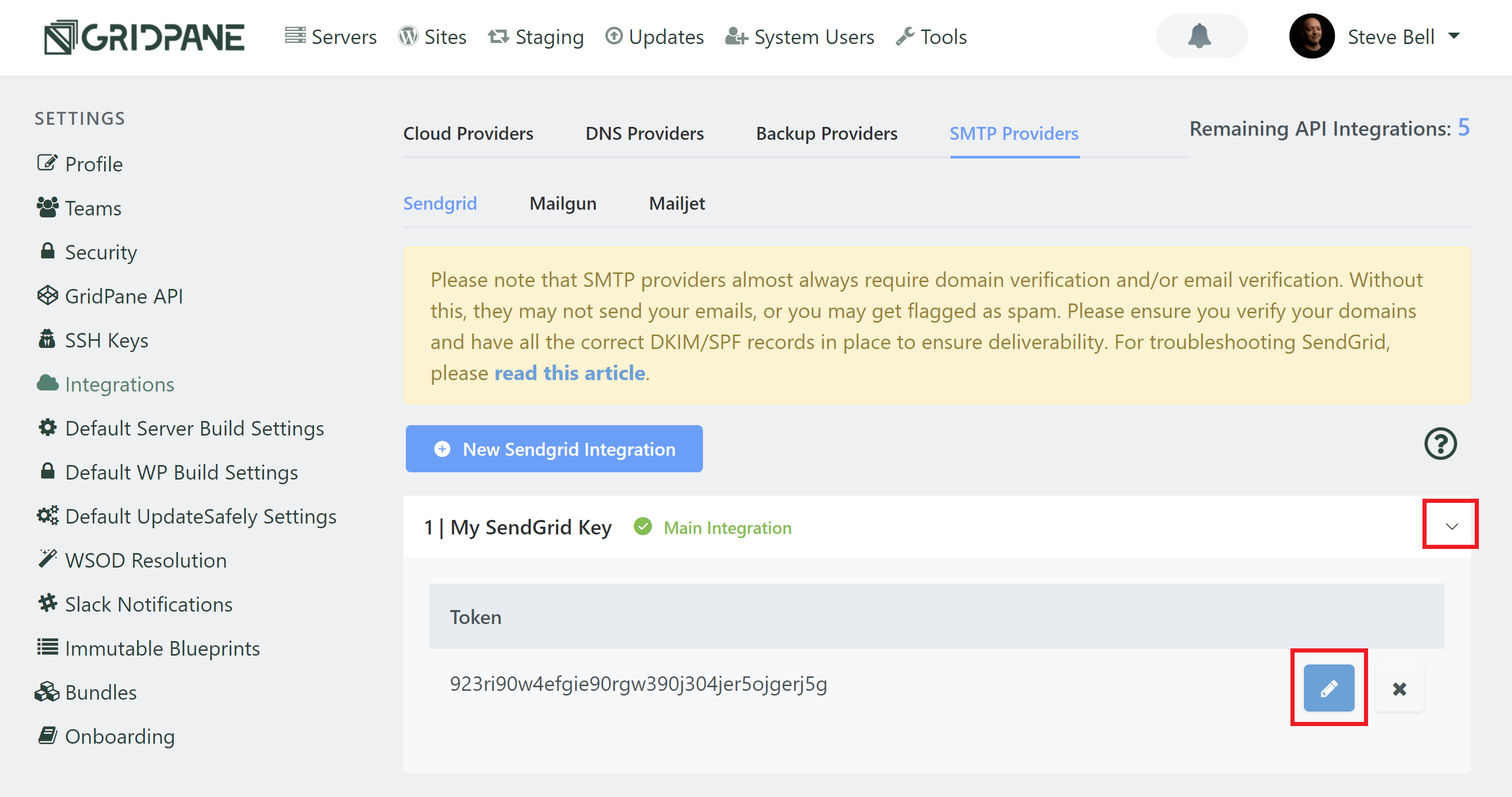
Step 3. Enable SendGrid SMTP For Your Websites
Open your Site Customizer by clicking on its URL in the Active Sites panel:
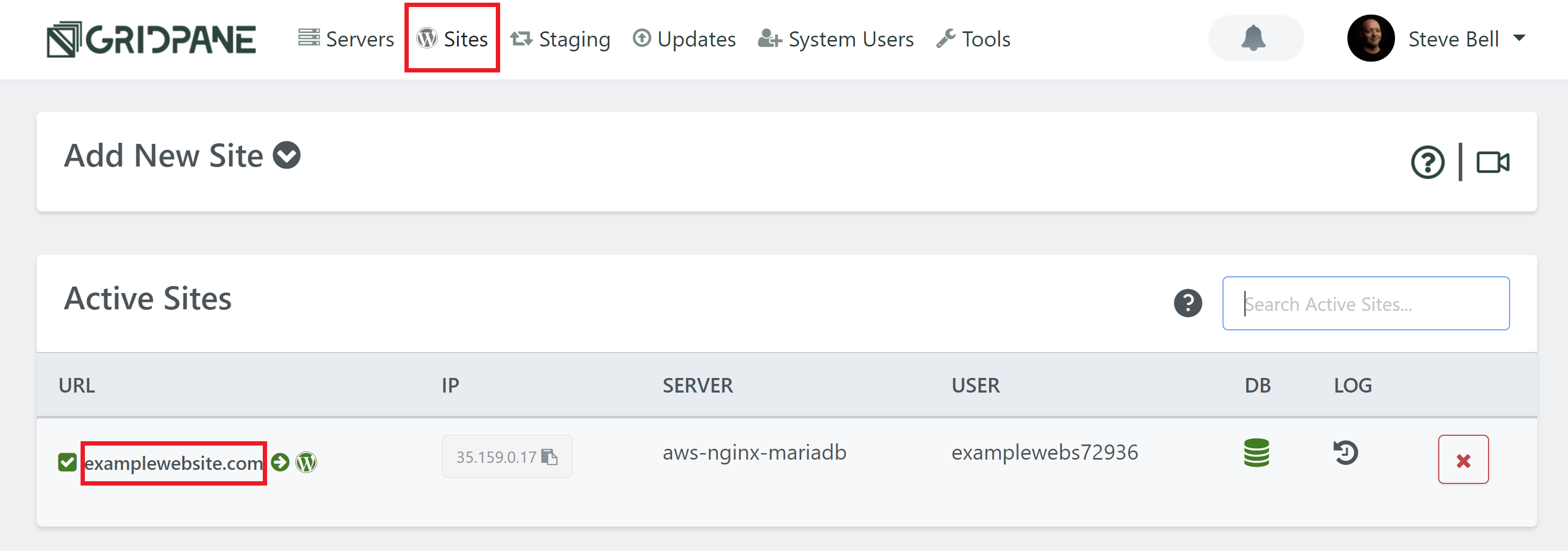
Select your key from the drop-down and then enable the SendGrid SMTP Provider toggle:
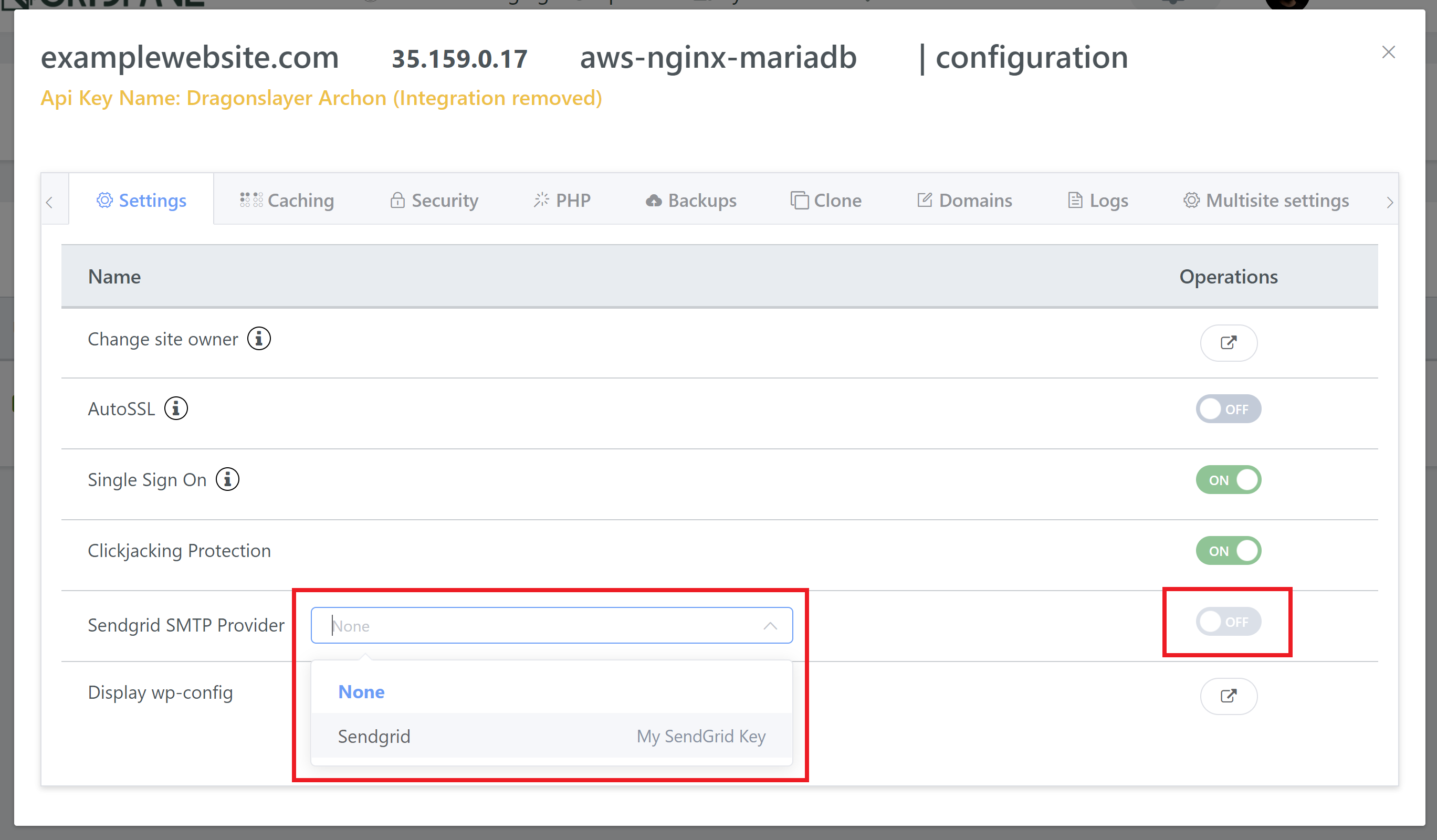
GridPane will now autoconfigure SendGrid as the SMTP provider for your site’s transactional emails.
And that is it…. it really is that simple, no configurations, done.
Step 4. Using WordPress Transactional Emails
As an example, you might reset your user email address, for security purposes this WordPress function requires the clicking of a link sent to the existing email before it can be completed.
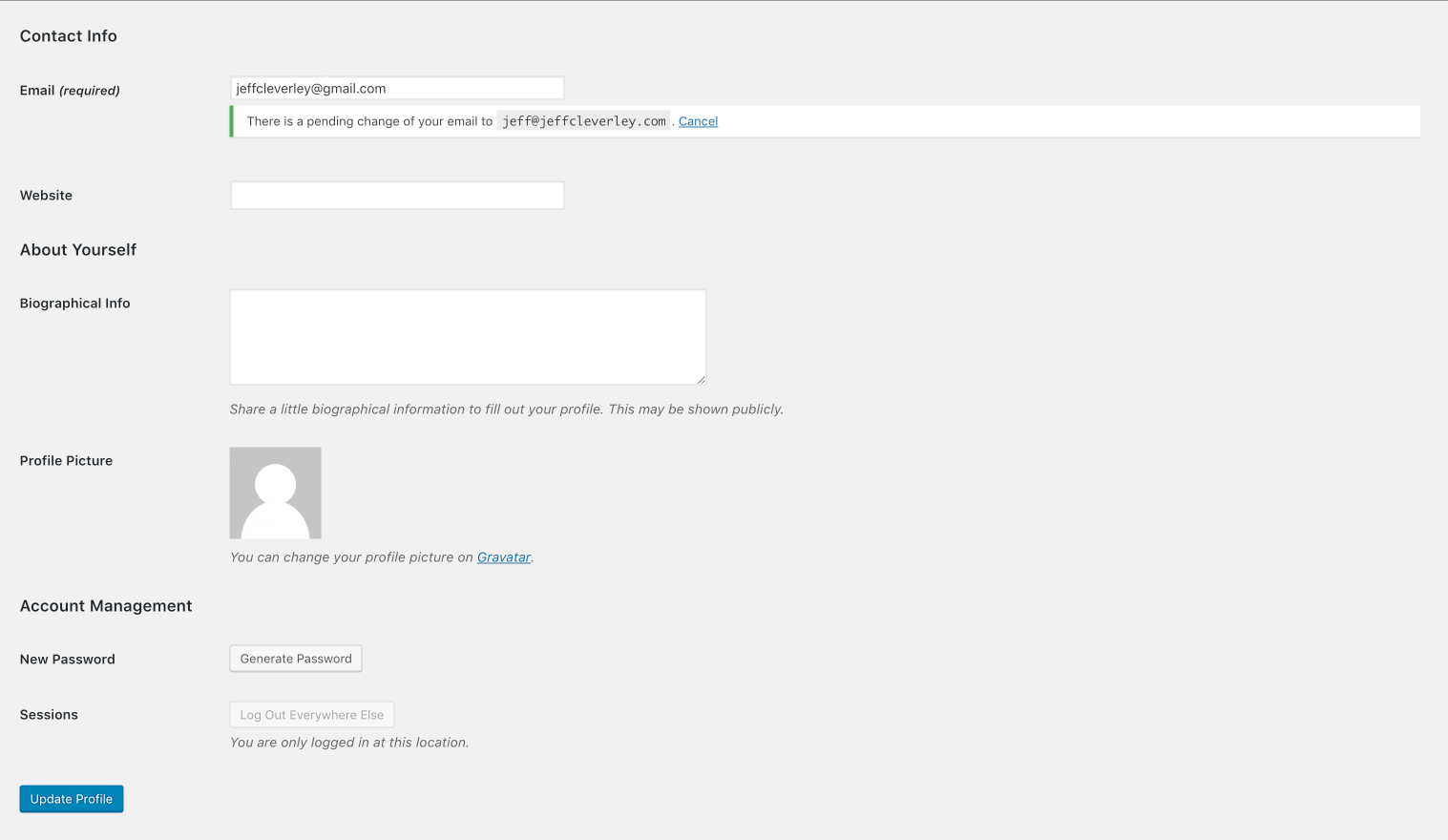
All emails will be autoconfigured to be sent from [email protected]. This applies to subdomains, so on staging, etc, it will be [email protected].
In the future, this feature will allow for the from sender to be user-defined.
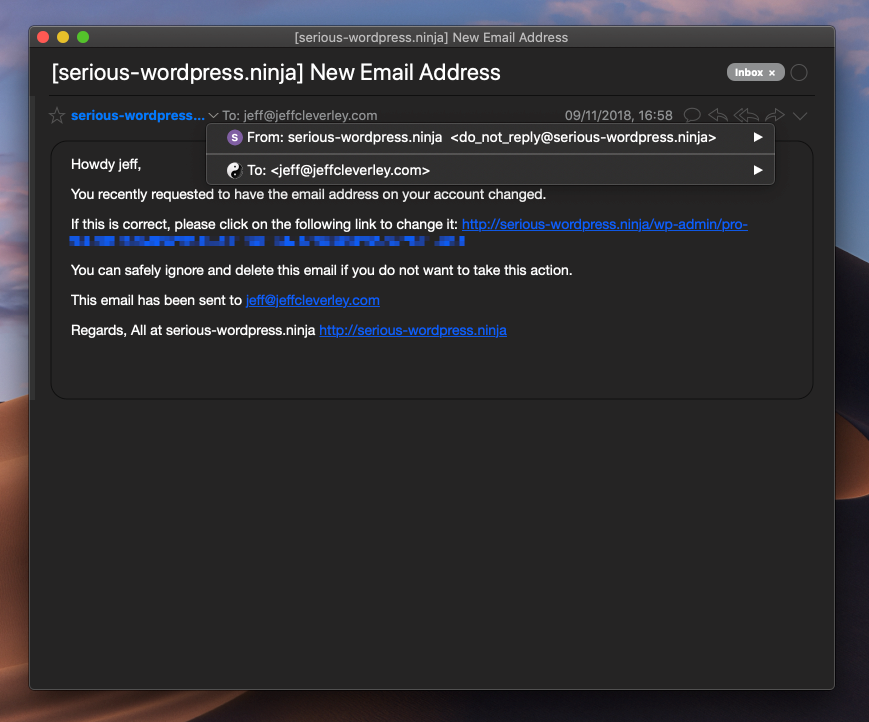
Troubleshooting
Always be sure to test that your emails are sending once you’ve turned our integration on for your website. For troubleshooting SendGrid, please read this article:
Troubleshooting the SendGrid SMTP Integration
The most common issues are:
- You have not authenticated your domain with SendGrid.
- You have another SMTP plugin installed or a plugin conflict.
- Linode users: Linode restricts access to ports that are used for mail delivery via SMTP. Follow this article to get them unblocked for your server.
Enabling WP_DEBUG will log any error output from either wp_mail error or from php_mailer -> SMTP. You can learn more about using WP_DEBUG here.
